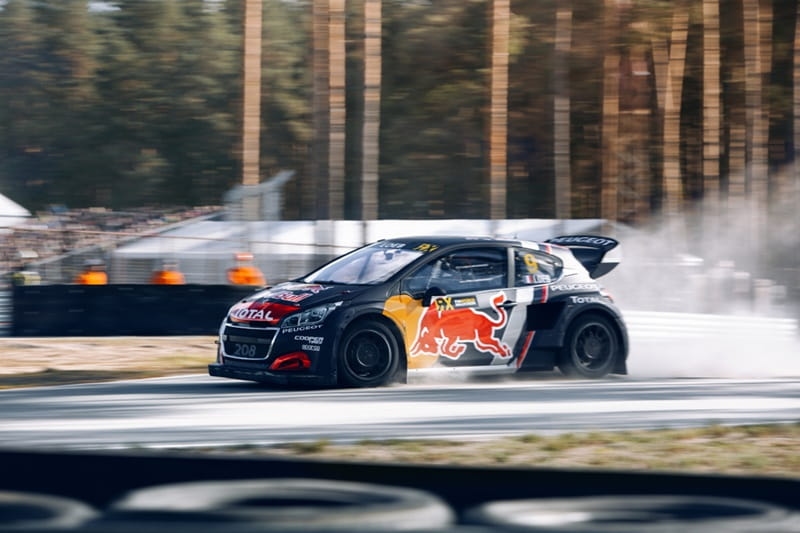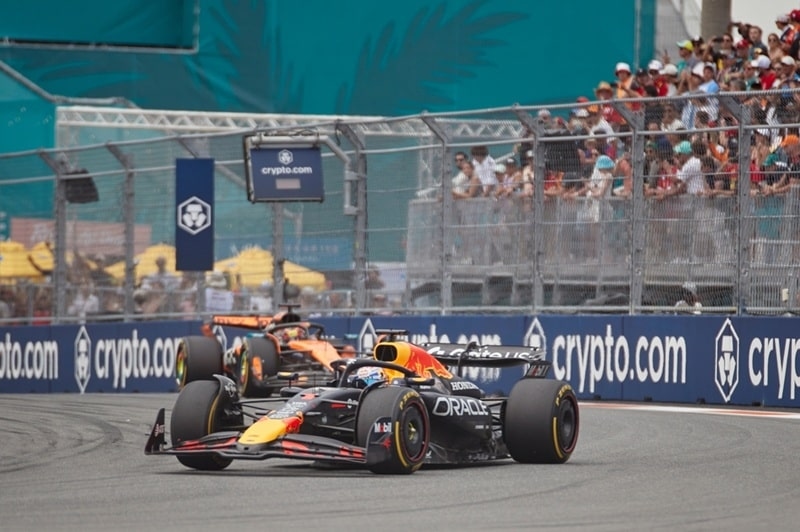Formula 1 Tires: The Ultimate Beginners Guide & Reckoner

The tires are one of the most crucial parts of a Formula One car they're the only thing touching the ground (unless something goes wrong) and have team strategists and drivers puzzling over which ones to use. It's not just about dry or wet conditions! For most races, the strategy team already knows what compounds they'll use in which sessions and for how many laps. This depends on a bunch of things, like the roughness of the track, the track temperature, and the weather. You often hear commentators say the driver needs to 'get heat in the tires,' but it's not just about getting them hot for more grip each compound has an ideal temperature. If they get too hot, there's a lot of degradation, the tires can blister, and pieces of rubber might fall off. If they're too cold, the tires can develop 'grainings,' a braided-like surface that increases wear and degradation. Tires have a sweet spot, and the temperature affects whether they hit that sweet spot or miss it. So, that's the lowdown on the tires. Now, let's talk about the different Pirelli compounds
Supplier of Formula 1 tires

Italian manufacturer Pirelli is the current supplier of Formula 1 tires. They've been the sole supplier since 2011, taking over from the Japanese company Bridgestone. Pirelli's current contract with F1 and the FIA is set to expire after the 2024 season. Since the championship started, Formula 1 has had nine different tire suppliers: Avon, Bridgestone, Continental, Dunlop, Englebert, Firestone, Goodyear, and Michelin. Goodyear (1959-1998) is the most successful tire supplier in Formula 1 with 368 victories.
F1 Tire Tactics
Formula 1 tires are pretty amazing pieces of engineering. Teams have to think really carefully about how and when to use them because one slip-up, like picking the wrong tires or even forgetting one, can mess up a driver's race big time. Sounds crazy, right? But it's happened before! Take Ferrari, for example. They cost Carlos Sainz over 12 seconds at this year's Dutch Grand Prix. He dropped from third to sixth because the mechanics only had three out of four tires ready when he pitted. Then he got a 5-second penalty for an unsafe release and ended up finishing eighth. It might sound nuts, but any F1 team can make costly mistakes, no matter how good they are. We've seen it loads of times. Drivers pick a certain tire compound to start with and quickly realize it was the wrong move. Or they switch to wet or dry tires too early or too late as the weather changes. Or they don't accurately predict how fast different tires will wear out during the race. There's a lot more to it than just slapping on four new tires during pit stops.
F1 Tire Usage Rules
Each F1 team gets 13 sets of dry tires for the whole race weekend two hards, three mediums, and eight softs. They also get four sets of intermediates and three sets of full wets. If it's expected to be wet during practice sessions (Friday's FP1 and FP2 or Saturday's FP3), teams get an extra set of intermediates but have to return one used set before qualifying starts. In the past, drivers who made it to the third round of qualifying (Q3) had to start Sunday's race on the same set of tires they used to get into Q3. Everyone else outside the top ten could choose any tires they wanted. But with the new 2022 regulations, every driver who makes it to Q3 can start the race on any tire compound they like, just like the rest of the grid. In dry races, drivers have to use two different compounds, so at least one pit stop is mandatory. This rule doesn't apply in wet races, though. If the race starts behind a safety car because of rain, drivers have to use wet tires. They can switch to dry tires at their first pit stop if the rain stops.
Wet Tires Include Blue and Green
So, there are two kinds of wet weather tires: green-marked intermediate ones and blue-marked full wet ones. You'd use the intermediates when the track is just a bit slick or there's a light drizzle. The full wet tires come into play when it's pouring or there's standing water all over the track.
Full Wet Blue
Full-wet tires are your best bet for heavy rain. They can clear out 85 liters of water per second per tire when you're going 300kph. There's a new design that helps prevent aquaplaning, so you'll get better grip when it's really coming down. These tires are also 10mm wider than the slick ones.
Green Intermediate
Intermediate tires are pretty flexible for rain. You can use them on a wet track without standing water or even on a drying surface. These tires can clear 30 liters of water per second per tire at 300kph. There's a new compound that helps them work well in a variety of conditions, making sure they transition smoothly between slicks and full wets.
You May Also Like: Unraveling the Mystery of DNF in Formula 1 Racing Here
Dry Slick Tires Include C1-C5

Image Source: Tyre Press
Alright, before we dive in, just remember: softer tires are faster, but harder tires last longer. Let's break down the dry compounds:
- C1: The hardest tire out there. Perfect for tracks that really wear down tires, like Silverstone and Suzuka. These can go for ages without losing much performance and are super resistant to heat and extreme forces.
- C2: The second hardest. Good for high-speed tracks with lots of heat and energy. Also a solid choice for new tracks where track wear is a mystery.
- C3: A great all-rounder. Works well in a variety of conditions and can be used as the softest, hardest, or medium compound.
- C4: Designed for tight, twisty tracks where you need a quick warm-up. This year, Pirelli picked these as the mediums for Monaco and the softest for Miami and Emilia Romagna.
- C5: The softest and fastest. Best for tracks needing max grip, like street circuits such as Monaco, which is super slow and twisty.
Comparing Wet & Dry Tires
The hard, medium, and soft tires for dry races are called slick tires. No grooves or patterns, meaning more rubber hits the track for better grip and faster racing. In wet conditions, the intermediate and full wet tires have grooves to channel water away. The green intermediate tires are the most versatile for rain, handling 30 liters of water per second at 300 kph. The full wet tires are heavily grooved and can handle 85 liters of water per second at 300 kph.
Similar Reads You May Enjoy: Unveiling the Significance of Pole Position in Formula 1 Racing
Conclusion
Understanding Formula 1 tires is fundamental for appreciating the complexities and strategies that define the sport. Tires are not just round pieces of rubber; they are sophisticated components that play a crucial role in determining race outcomes. From the various tire compounds offered by Pirelli to the strategic decisions teams must make regarding tire management and pit stops, the intricacies of F1 tires are immense. For beginners, grasping the basics of tire types, compounds, and their respective performance characteristics can greatly enhance the viewing experience. Recognizing why teams opt for certain tire strategies, how tire wear affects lap times, and the implications of tire choices on race day provides a deeper insight into the tactical side of Formula 1.
This content was created by AI




